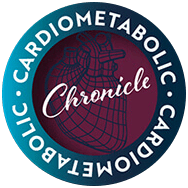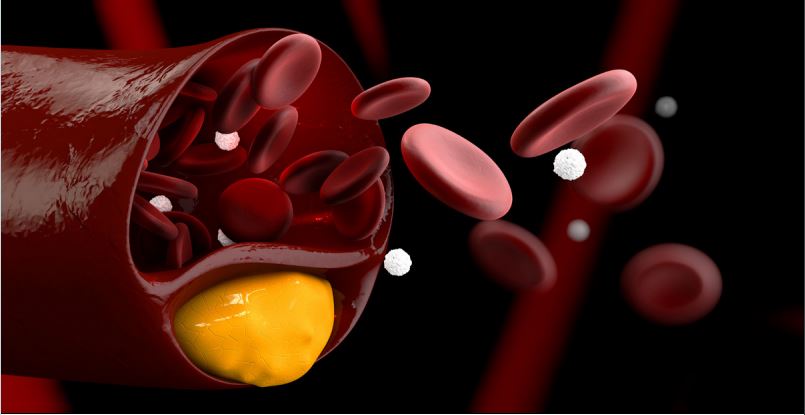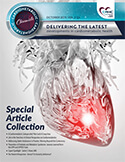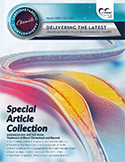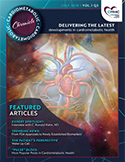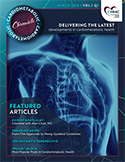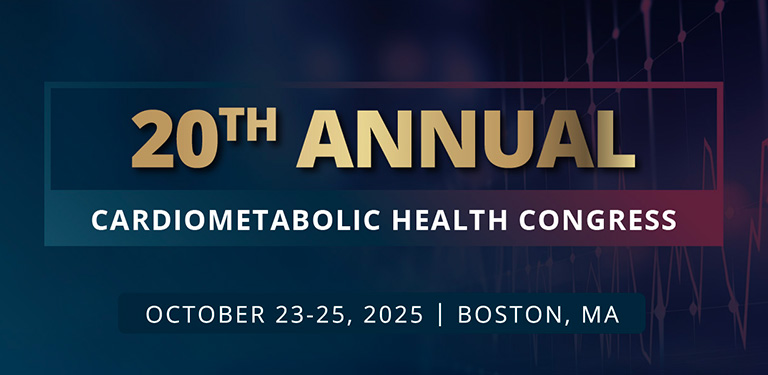Low-density lipoprotein cholesterol (LDL-C) has been shown to be atherogenic and likely have a causal relationship for the development of atherosclerotic cardiovascular disease (ASCVD).1 Thus, reducing LDL-C levels is imperative in decreasing the impacts of ASCVD, as demonstrated in several studies.2 Since their introduction more than 30 years ago, statins, along with lifestyle modifications, have been the treatment of choice in lowering cholesterol. They decrease cholesterol by inhibiting 3-hydroxy-3-methylglutaryl-coenzyme A (HMG-CoA), a rate-limiting step in cholesterol synthesis.3 Multiple large outcomes trials have demonstrated the efficacy of statins in not only lowering LDL-C but more importantly, reducing major adverse cardiovascular events both in the primary and secondary prevention of ASCVD.4 Given the strength of evidence and the cost-effectiveness, statins remain the first-line treatment of patients with elevated LDL-C, which was also highlighted in the updated 2018 AHA/ACC cholesterol guidelines.2
However, a large gap remains between guideline recommendations and use of statins in actual practice, with studies showing that a large number of eligible patients are not on statin therapy, or are not adherent to therapy.5-9 This includes patients at high-risk for primary or secondary events, including patients with diabetes or cardiometabolic risk, and statin underutilization and non-adherence can increase ASCVD morbidity and mortality.8 Even when patients are initiated on statins, many discontinue statin therapy within the year of starting it.6 Real-world studies have shown that less than 40% of patients persist in taking statins for primary prevention at the 3-year post-initiation mark, while these number is only 45% for secondary prevention.8 One of the many reasons that lead to discontinuation of statin therapy can be statin intolerance, which is most frequently attributed to muscle-related adverse events.10 Often patients will discontinue statins without consulting their physician, which increases their cardiovascular risk.10


